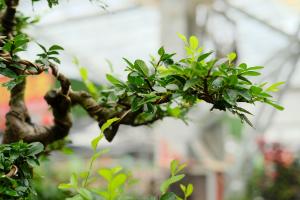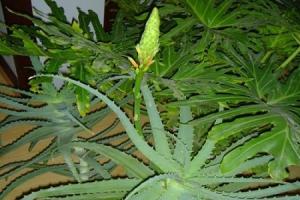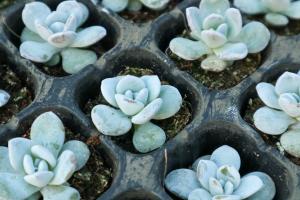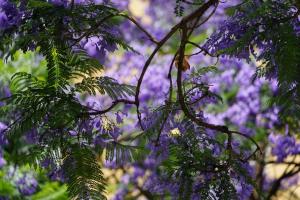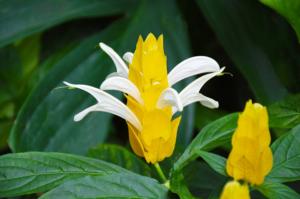Introduction
The importance of bees in our ecosystem cannot be overstated. These small insects are responsible for pollinating a significant portion of our food crops, including fruits, vegetables, and nuts. However, with the decline of bee populations around the world, it's imperative that we take steps to support these important pollinators. One potential solution is planting lavender, which has been shown to be beneficial to bees in many ways.
Lavender and Bee Nutrition
One of the main reasons that lavender is good for bees is that it provides an excellent source of nutrition. Bees need a variety of nutrients, including carbohydrates, proteins, and lipids, to thrive. Lavender nectar and pollen are high in sugars and other essential nutrients, making it an excellent food source for bees. Additionally, lavender blooms for long periods of time, which means that bees can rely on it for sustained periods.
Increased Bee Reproduction
In addition to providing bees with essential nutrition, lavender can also increase bee reproduction rates. In a study conducted in Italy, bee colonies that had access to lavender produced more workers and drones than colonies that did not have access to the plant. This suggests that lavender can help support healthy bee populations, which is crucial for maintaining healthy ecosystems.
Lavender and Bee Health
Beyond nutrition and reproduction benefits, lavender can also promote bee health. Lavender oil has been shown to have antimicrobial and antifungal properties, which could help protect bees from harmful pathogens. Additionally, lavender has been found to reduce bee stress levels. In a study conducted in Spain, bees that were exposed to lavender oil exhibited lower levels of stress than bees that were not exposed to the oil. Lower stress levels could help promote overall bee health and improve colony survival rates.
Lavender Planting Tips
If you're interested in planting lavender to support bees in your area, there are a few things to keep in mind. First, choose a sunny location with well-draining soil. Lavender plants thrive in warm, dry conditions, so be sure to choose a spot that gets plenty of sun. Second, choose the right lavender variety. English lavender is typically the best choice for bees, as it produces a higher quantity and quality of nectar and pollen. Finally, be sure to plant enough lavender to support bee populations in your area.
Conclusion
Overall, lavender plants are an excellent choice for anyone looking to support bee populations in their area. With their high nutritional content, ability to increase bee reproduction rates, and potential health benefits, lavender plants are a valuable addition to any bee-friendly garden. By taking steps to support bees, we not only help protect these important pollinators but also safeguard our food supply and our entire ecosystem.

 how many times do yo...
how many times do yo... how many planted tre...
how many planted tre... how many pine trees ...
how many pine trees ... how many pecan trees...
how many pecan trees... how many plants comp...
how many plants comp... how many plants can ...
how many plants can ... how many plants and ...
how many plants and ... how many pepper plan...
how many pepper plan...